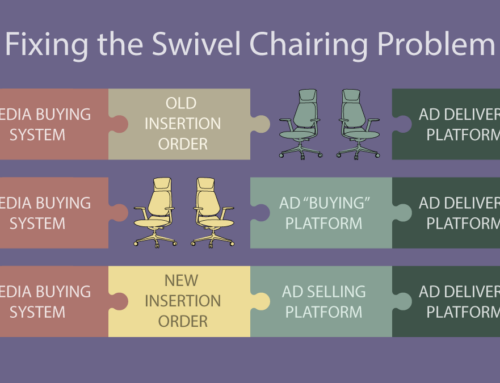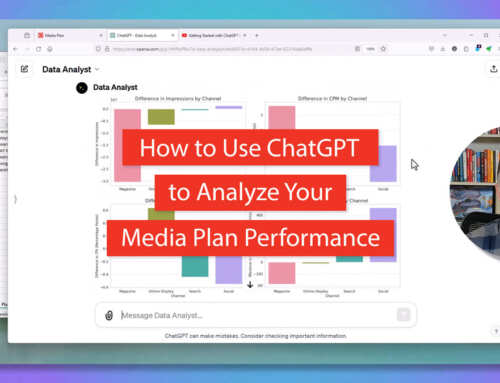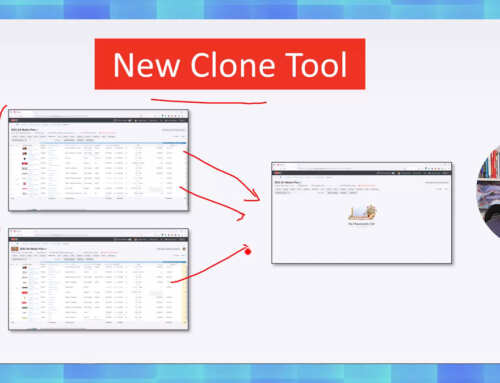Laredo Group’s AdSavvy newsletter just featured a story by Kendall Allen that hit home with me because it highlights the fact that Microsoft Excel is still the tool of choice for media pros despite the proliferation of other tools:
“Long live the Excel spreadsheet as the tool of choice. We speak anecdotally among industry circles and in class about our seemingly lifelong relationship with manual approaches and tools – and with Excel. We have a love-hate relationship with Excel. It turns out that the stats bear this out. But, we are still more manual and Excel-jockeying than we should be, if we want to scale our efforts.”
She cites research by Efficient Frontier that reveals:
“When asked which tools they used to manage both programs together, US marketers most commonly said spreadsheets (59%)—seemingly favoring a simple, and most likely inadequate campaign management solution over more advanced tools…. That’s not to say that marketers aren’t also relying on some form of analytics or management tool in combination: 48% used a marketing analytics tool, 40% used web analytics tools and about a third of marketers relied on either a third-party ad server, business intelligence platform or their own proprietary internal tool.”
Our own research confirms the widespread use of Excel as the “glue” that holds together the process of creating and executing a media plan. There are many tools used throughout the process that provides sources of data, but the media team turns to Excel bring it all together.
Excel is excellent at providing a flexible and easy to use tool for gathering, organizing, and presenting data. However, it has at least two major drawbacks:
- Excel has no media-specific features. It doesn’t know what a campaign, placement, impression, or click from any other cell on a spreadsheet. As such, you have to work harder to set up and populate the spreadsheet.
- Excel is terrible at storing and re-mixing data. Sure, you can save your campaign results spreadsheet on your shared drive. But if you want to know the results for a client over the past two years and that is stored in 50 different spreadsheets, you’ve got a problem.
With the next generation digital media planning tool we’re building, we’ve taken on the challenge of building “Excel on steroids.” We want to take the best parts of Excel and extend that with media-specific capabilities that only a database-backed system can provide.





